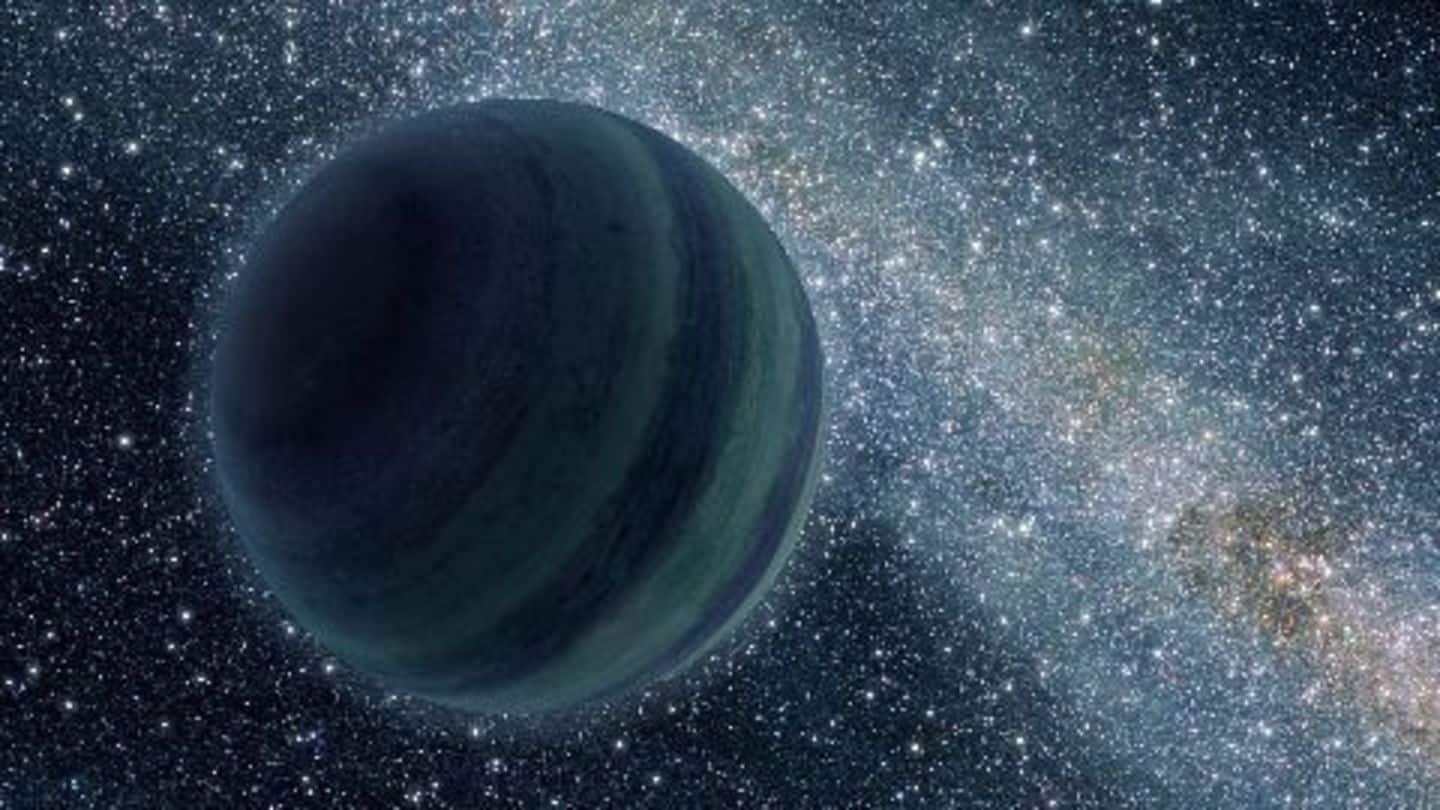
Caltech scientists say Planet X exists
What's the story
According to respected planetary scientists Konstantin Batygin and Mike Brown of the California Institute of Technology (Caltech), evidence points to the existence of a ninth planet in the solar system.
Scientists had been in search of the mythical Planet X, as it is popularly dubbed, for over a 100 years without any success.
However, Brown added, "This is different because this time we're right."
Origins
The 100 year old hunt for Planet X
After the discovery of Neptune in 1846, irregularities in Uranus' orbit led scientists to believe that there could be a giant planet somewhere in the far reaches of the solar system.
In 1906, American tycoon Percival Lowell began the search for "Planet X" from his observatory in Flagstaff, Arizona.
In spite of no results, the hunt for Planet X continued well into the 1990s.
Brown
Michael Brown, the planet slayer
Michael E. Brown, born 5 June 1965, is famous for his role in stripping Pluto of its status as a planet.
In 2005, Brown discovered Eris, a trans-Neptunian object roughly the size of Pluto.
Brown concluded that Pluto was just one of the many small, icy worlds found in the Kuiper Belt region beyond Neptune, following which Pluto was reclassified as a dwarf planet.
Batygin
Who is Konstantin Batygin?
Konstantin Batygin is a computer modeler and Assistant Professor of Planetary Sciences at Caltech.
While in college, Batygin modeled the fate of the solar system over billions of years and showed that, in rare cases, the solar system was unstable.
His achievement brought him recognition, and he made the 2015 Forbes list of 30 scientists under 30 who were changing the world.
Calculations
Why do scientists believe that Planet X exists?
Brown and Batygin inferred the existence of Planet X by observing the peculiar clustering of six objects that orbit beyond Neptune.
They calculated that there was only a 0.007% chance that the clustering could be a coincidence.
The existence of a giant planet's gravitational pull would explain the clustering of objects in strange elliptical orbits titled out of the plane of the solar system.
Do you know?
Brown's method of planet detection
Brown's method - inferring the existence of Planet X from its gravitational effects - is quite successful. In 1846, Urbain Le Verrier predicted the existence of a planet beyond Uranus using the same technique. The planet discovered was Neptune.
Planet
So what could Planet X be like?
According to calculations, Planet X is expected to be 10 times the mass of the earth with a highly elliptical orbit.
The closest it comes to the sun is 15 times the distance to Pluto, and it then heads into uncharted territory 93 billion miles from the sun.
According to projections, it takes Planet X a staggering 10,000-20,000 years to orbit the sun once.
Implications
The renewed hunt for Planet X
Brown and Batygin's study has rekindled the scientific community's interest in Planet X.
Subaru, an 8-meter Japanese telescope in Hawaii with enough light gathering capabilities to detect a faint object like a planet, is currently being used to look for Planet X.
Brown says it will take around 5 years to search most of the area where Planet X is suspected to be lurking.